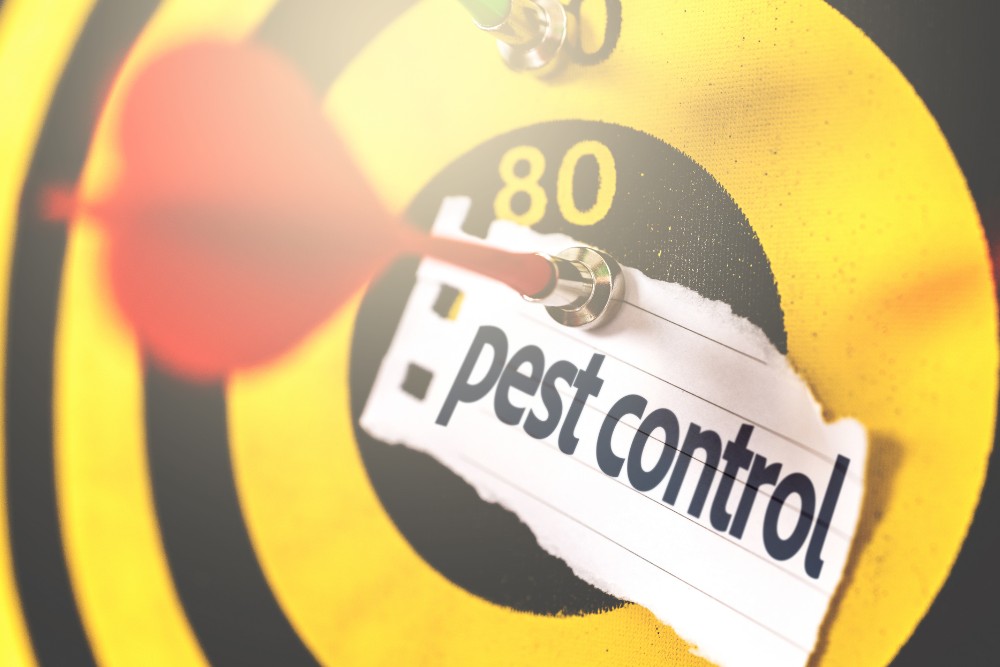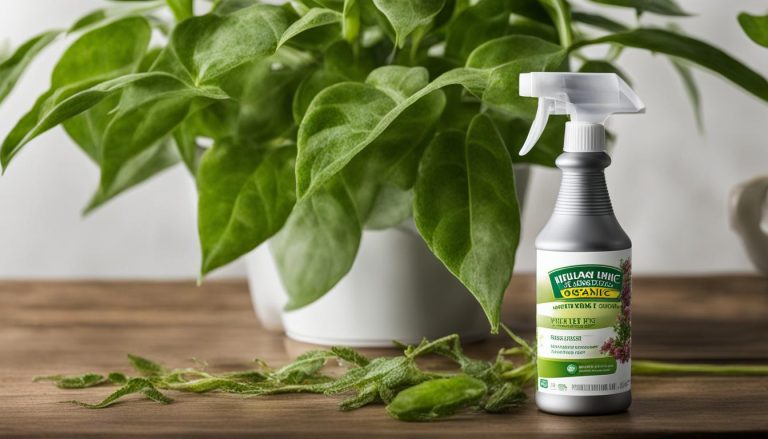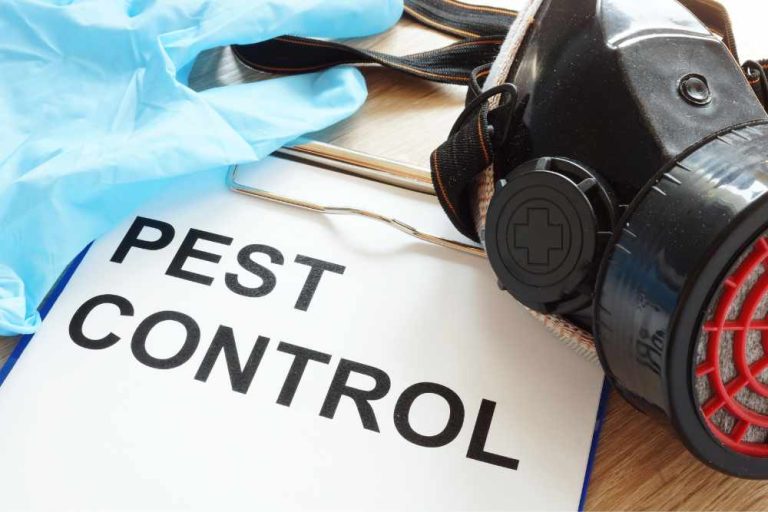Eco Friendly Pest Control Products & Methods
Eco friendly pest control, also known as Green pest control, is an integrated pest management method that aims to solve insect problems while reducing risks to people, wildlife, and the environment.
They are an excellent alternative to chemical pesticides because they have no harmful effects on the environment or people. Eco Friendly Pest Control products are appropriate for the house and the garden. Natural pesticides are less toxic to the environment, mammals, and aquatic life than synthetic pesticides.
Some natural pest control approaches are highly successful. Before you begin using Eco Friendly Pest Control products, you must verify that your garden has been adequately prepped before planting. The most friendly growing environment for plants can be created by properly preparing the area.
Why Are Chemical Pesticides Dangerous To Your Health?
Chemical pesticides are created by incorporating chemicals capable of killing pests faster, such as herbicides for weed management, insecticides for insect eradication, and rodenticides for rodent control. These compounds are readily available in chemical stores and are easily accessible to households. In most cases, if you have a pest infestation at home, it might be tempting to apply these chemicals. However, it is critical to recognize the hazards of those chemical pesticides before using them. Pesticides are environmentally hazardous, with the following consequences.
- Pesticide residues can enter water sources such as rivers, oceans, and ponds via runoff. As a result, the water we drink becomes contaminated.
- When chemicals pass through the soil, they can have an adverse effect on groundwater. Many households have always utilized groundwater as drinking water; therefore, if contaminants enter groundwater, the water becomes filthy and may cause health problems.
- Pesticides can gradually degrade into vapor, entering the atmosphere and readily spreading to other locations. Mammals and people may both suffer consequences from this.
1. Regular Leaf Inspections
Regular leaf inspections are one of the most essential and practical strategies to control pests in your garden. If the leaves in your garden are infected or discolored, pests are more likely to invade them. Removing any diseased or unhealthy leaves or plants from the garden as soon as possible is critical. Plants that are healthy and free of diseases are less prone to attract dangerous bugs and other pests. Weeds must also be controlled since they provide an ideal habitat for hazardous pests.
2. Diatomaceous Earth (DE)
Diatomaceous earth is unique in that the harm is not caused by poison but rather by the dust’s physical abrasiveness. The fossilized silica shells of algae are used in this product. Despite their small size, these shells are coated with sharp projections that pierce and puncture an insect’s cuticle. As a result, the pest begins to bleed vital body fluids. Dehydration and death are the results. DE kills soft-bodied pests such as aphids, trips, whiteflies, caterpillars, root maggots, slugs, and snails.
Use “natural-grade” DE rather than “pool-grade,” which contains extra chemicals that can be toxic to humans and mammals if inhaled. DE is non-selective and may kill beneficial insects as well. For ground-dwelling pests, apply DE to the soil; for other pests, apply DE to the leaves. DE adheres best to wet foliage, so apply early in the morning when the leaves are moist from dew or after a storm. Wearing a dust mask when working with any dusting agent is a good practice. It’s safe to assume that diatomaceous earth is an excellent environmentally friendly pesticide.
Diatomaceous Earth 1.1lbs – 100% Natural – Freshwater DE – Food Grade
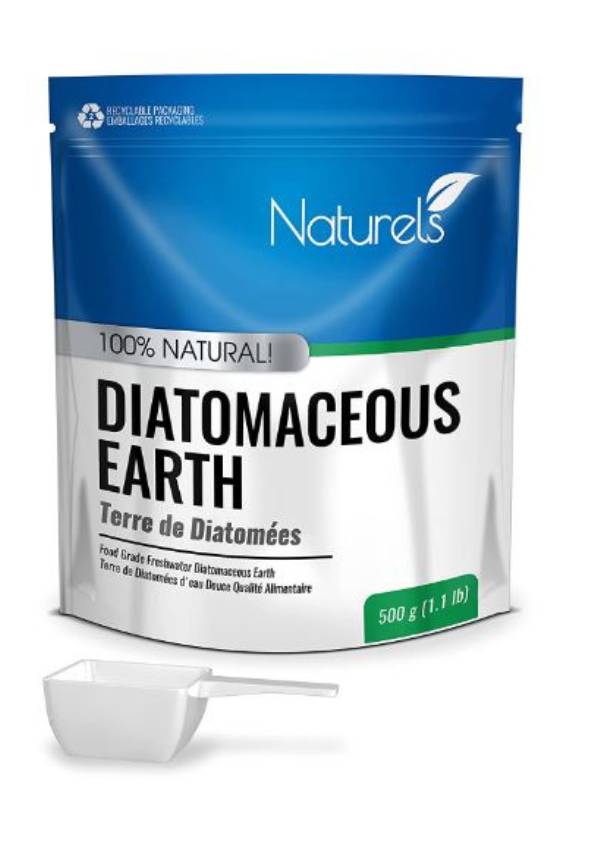
3. Neem Oil
The oil extracted from the Neem tree, which is indigenous to India, is known as neem oil. Neem is a broad-spectrum pesticide that acts as a toxin, repellant, and feeding deterrent. It also sterilizes some insect species while slowing or stopping the development cycle of others. Neem is used as a foliar spray or as a soil drench. It eliminates pests like aphids, loopers, thrips, whiteflies, and mealy bugs. The systemic qualities of this biological agent are one of its distinguishing features.
Plants absorb Neem extracts through their foliage and roots, where it is found in plant tissue. As a result, Neem is effective against leaf minors, normally unaffected by non-systemic foliar treatments. Neem is generally harmless to mammals and poisonous only when consumed. Neem decomposes quickly, but you should only use it when necessary and only on plants specifically identified as impacted by the pest you are trying to eradicate. This lessens the possibility of hurting beneficial insects.
Organic Neem Oil 16oz
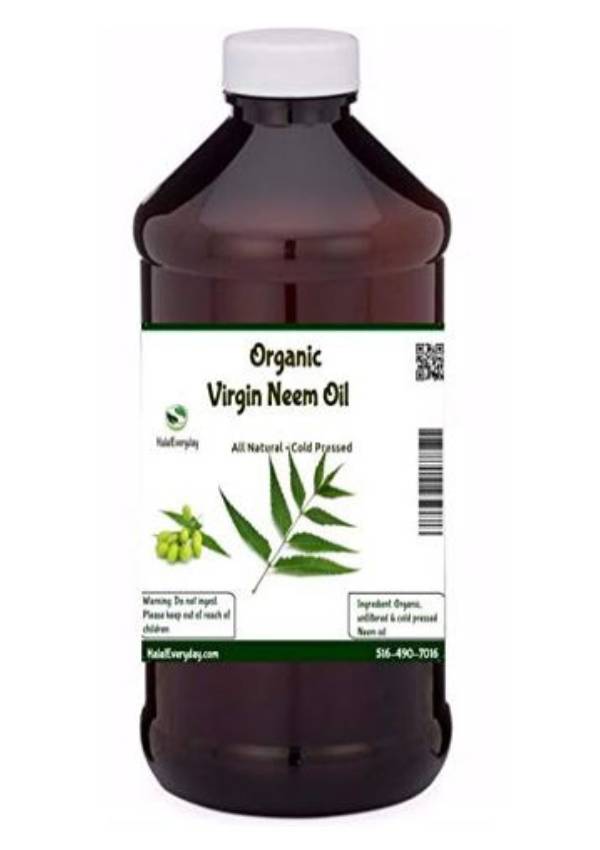
Natria Ready-to-Use Neem Oil Spray
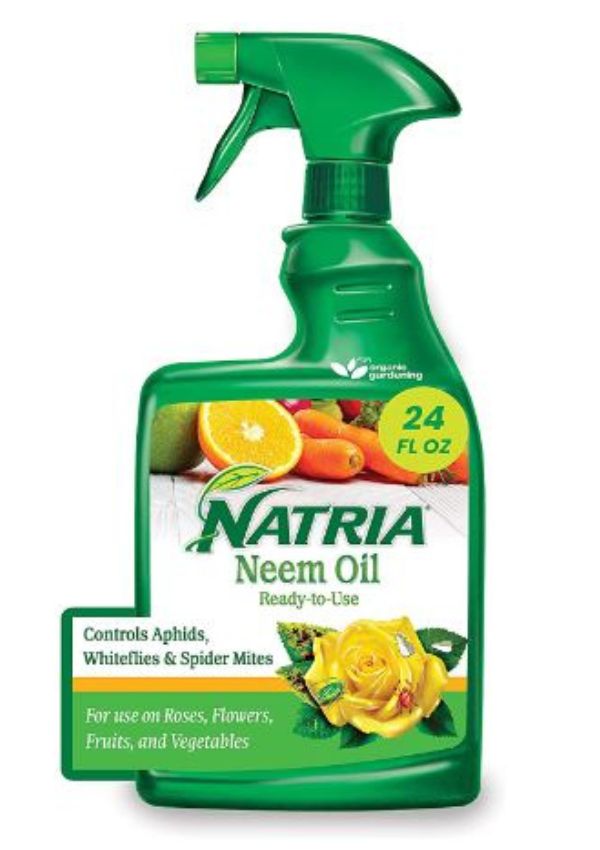
This oil’s list of deadly insects is quite large and includes mealybugs, aphids, nematodes, japanese beetles, gnats mites, and others.
4. Insecticidal Soaps
Insecticidal soaps use fatty acids and salts in the soap to kill soft-bodied pests such as thrips, earwigs, whiteflies, mealybugs, aphids, and the early stages of scale. Cell membranes are damaged as they penetrate bugs’ soft outer shell. They then begin to degrade, resulting in hunger and dehydration.
It may also be phytotoxic to certain plants; therefore, test a small area before using it on a larger scale. One disadvantage of this natural pest management strategy is that it is non-selective, which can poison beneficial insects. As with other pesticides, use them carefully. Fortunately, humans and other mammals are not harmed by these.
Safer Brand Insect Killing Soap
5. Insecticidal Oils
Oils, like soap, have long been used to control diseases and pests in horticulture and agriculture. Depending on the plants, these products are highly viscous and frequently dilute in water at a specific concentration before use. Oils can come from a variety of sources, including petroleum fish plants. Oils have an identical effect no matter what kind they are.
Because of their great density, they clog pores and airways, interfering with gas exchange and the integrity of cell membranes (The oil cuts off the oxygen supply to the insects). The oils affect helpful insects but are less hazardous to them. This form of pest management mostly destroys eggs and insects that have not fully grown.
Spider mites, mealy bugs, and aphids can all be controlled with insecticidal oils. However, before using the items, read the application instructions. If you don’t follow instructions, they can injure your plants and trees, especially by causing leaf damage.
When using such oils, try to treat all hard-to-reach areas where pests can hide and accumulate, such as the reverse sides of leaves, junctions of branches and trunks, and so on. Direct contact of the insects with the oils is preferred for maximum efficacy. At the same time, keep an eye on the temperature to avoid damaging the plants. Burns can develop if the temperature exceeds 85°F (30°C) and the humidity exceeds 90%.
6. Pyrethrin
Many natural pesticides contain pyrethrin as an active component. They are classified as broad-spectrum (non-selective). One of the most extensively used environmentally friendly herbicides. It is manufactured from flowers (chrysanthemums) and has a paralytic effect on the nerves. It quickly absorbs into the body and breaks neurological connections, killing the pests. It functions as a repellant in low doses, preventing unwanted insects. It is a safe option because it is secure for most mammals.
Pyrethrin-based products are effective against bedbugs, scale insects, aphids, and all flower- and leaf-eating beetles. At the same time, insects with thick chitinous shells may be immune to their impacts. Even when used sparingly, it is an effective deterrent that acts quickly. Most flying insects will drop when exposed; however, they are not always destroyed. To guarantee death, other producers mix pyrethrin with additional lethal substances. Insecticides containing pyrethrum are hazardous for mosquito control.
EverGreen Pyrethrum Concentrate

ExciteR Pyrethrin Insecticide
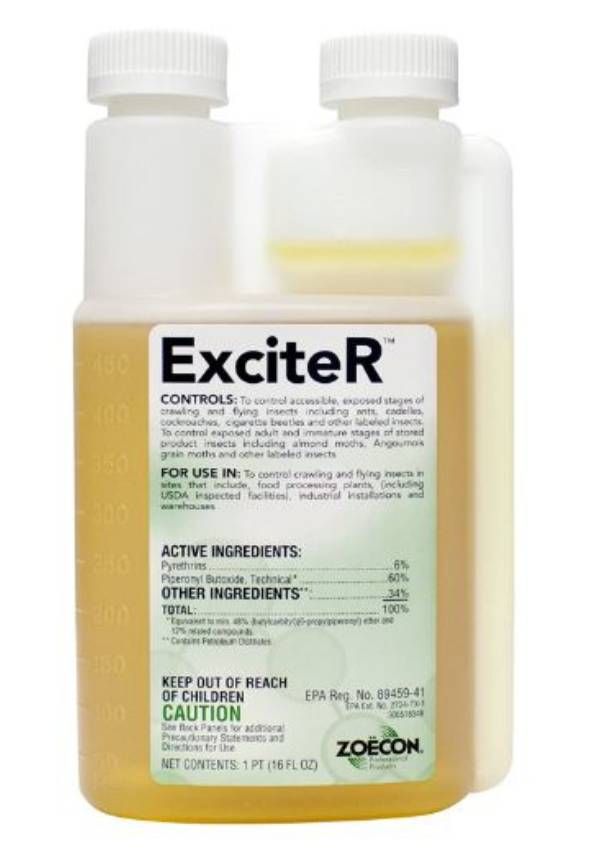
7. Bacillus Thuringiensis (Bt)
It is a naturally occurring bacterium in soil. Toxins produced by this bacteria infect insect larvae when consumed. When an insect becomes infected, it stops feeding and dies. There are several strains of Bt to target different pests. Some strains are toxic to honeybees, so look for this information on the product label of any Bt insecticide you purchase.
Best Bacillus thuringiensis (Bt) product: Monterey B.t. Biological Insecticide

8. Herbs
Lavender, rosemary, basil, mint, and other herbs are effective eco-friendly pest control treatments. These will not only keep pests away from your yard but also be used to manage pests indoors. Many people grow herbs on their lawns and in their vegetable gardens. It can both attract and repel beneficial insects and pests. Planting the following will work if you want companion plants in your garden while also preventing pests from consuming your lawn: Marigolds, Lavender Eucalyptus, Clove, Lemongrass, Chrysanthemums, and Petunias.
9. Repel Birds, Rabbits, and Squirrels
It is critical to repel birds, rabbits, and squirrels to avoid massive crop damage. Chemicals are not required to control these pests. Automated sprinklers, two-string electric fences, and predatory urine are all viable options. But do you know the most effective squirrel repellent for your garden? A cat! It will certainly provide your fluffy one with exercise and fun that the small mammals will remember.
10. Food Leftovers
Some food scraps can be used as environmentally friendly insect control and fertilizer for your plants. Products with repelling qualities include the following: Ants are repelled by cucumber skins. Slugs and snails are physically deterred by coffee grounds. When coffee residue is burned, it provides an effective mosquito, insect, and fruit fly repellant. Spider mites, aphids, certain beetles, and root maggots dislike the smell of garlic peelings.
Banana peels are highly efficient against rose bush pests. Orange peels repel slugs, fruit flies, and large pest animals such as stray cats, foxes, and raccoons. Snails and slugs can be effectively treated with salt spray. These food scraps can be left out in pest habitats or buried near affected plants. However, use caution to ensure that this procedure does not injure you. Banana peels may repel aphids but attract raccoons if not buried far enough.
11. Spinosad
Spinosad can be used on vegetable and fruit crops. Spinosad is manufactured from fermented bacteria found in soil. These soil-based bacteria kill garden pests such as loopers, tent caterpillars, spider mites, beetles, borers, and bagworms.
When spinosad dries up, it kills insects that consume it, lowering the danger of hurting bees and other beneficial insects if applied at night when they are dormant. It is sold under various names in both dust and liquid form. Check for spinosad and other environmentally friendly pesticides as active components.
Best spinosad spray: Monterey Garden Insect Spray
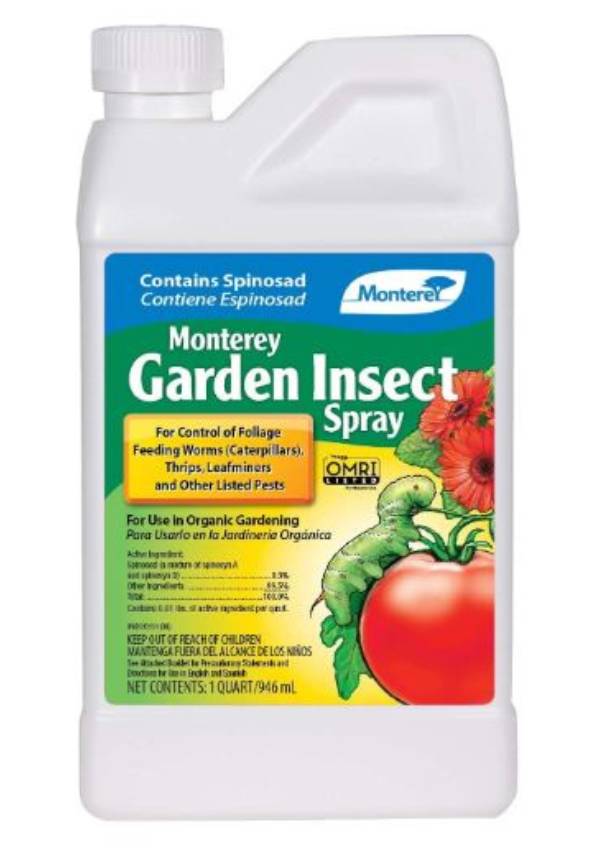
12. Pest Traps
Pest traps are classified into several types. Some people use adhesive to catch pests. Others include bait and poison, which pests consume and, if applicable, pass on to other colony members.
13. Milky Spore
Another bacterium that poisons insects when they consume it is a milky spore. However, it only works on Japanese beetle grubs. When the grubs consume the milky spores, their internal fluids become milky, and they die within a few weeks. Milky spores introduced into the soil can restrict the grub population for 10 to 20 years, although it takes a few years to observe results.
14. Crop Rotation
This is an ancient practice. Rotating crops means planting different types of crops in different seasons. For example, if you grew one type of crop season after season, the specialized nutrient that the crop needed would soon deplete the soil.
Then, by rotating crops that require various nutrients, you ensure that those nutrients are restored because the new crop demands a different nutritional ratio. If you produce one crop at a time, you’re creating an ideal environment for pest infestations. They can rapidly reproduce, but rotating crops makes it much more difficult for the pest to adapt and persist in your garden.
Crop rotation involves extensive planning, including consideration of the soil type, topography, climate, and irrigation. Rotating crops has also been shown to reduce disease accumulation. Soil erosion is another issue that becomes apparent when just planting one type of crop. Planting a range of crops with diverse root systems will help to strengthen the soil. These root networks boost soil biomass, which increases fertility.
15. Cover Crops
Cover crops can help you manage your garden. They are there to maintain fertility, mitigate soil erosion, and improve soil and water quality. Cover crops are environmentally friendly because they boost biodiversity while organically managing pests and diseases.
Cover crops are excellent for preserving soil fertility because they regulate macro- and micronutrients in an appropriate range. It would help if you planted them during the offseason, such as winter. They can also be planted alongside your seasonal crops to keep them healthy.

During the growing season, cover crops will fight with weeds; you can see that when dense cover crop stands are present, many weed seeds that have germinated won’t complete their life cycle and reproduce. To boost soil biomass, farmers will grow them for a set amount of time before plowing them under. The stalks pushed underground will strengthen the soil and reduce soil erosion.
You can also build a surface barrier by flattening them rather than plowing them under. The barrier will keep the majority of sunlight from reaching the soil layer where weed seeds are trying to germinate. This can successfully inhibit their growth. Even if they germinate, they frequently run out of stored energy and cannot penetrate the heavy layer of flattened cover crop.
Cover crops make soils much stronger and less erodible. The best thing is that it will be considerably more capable of holding water. Rainwater will benefit your land much more because it won’t drain as quickly and will drip down more slowly from the topsoil to the thick subsurface.
Cover crops are environmentally benign because they have dense soil biomass, which is beneficial for soil carbon sequestration. When you utilize this strategy, you can benefit the environment by lowering atmospheric carbon dioxide levels. Cover crops will also keep a large quantity of moisture, so when the farmer is ready to plow them under, they know the moisture will be moved underground, giving the next crop a growth advantage.
16. Do Mulching
Mulching has historically been a critical agricultural practice. It enables you to work smarter, not harder, in your yard. Mulching is an environmentally beneficial insect management approach. It aids in the reduction of soil damage, the prevention of weed growth, the creation of an environment that affects plant growth and development, and the removal of the detrimental impacts of sunlight and rain.
17. Get Help From a Professional
If you truly want to ensure that you apply the greatest organic pesticides or pest control methods in your garden, you must seek professional assistance. Some solutions may only be suitable for some pest problems. This is only one of many reasons to hire a professional pest control operator. Such experts will check your garden and recommend the best pest control measures that are safe for both plants and your health.
- 15 Ingenious Kitchen Garden Ideas to Cultivate Freshness Right at Home - April 7, 2024
- 10 Top Picks Best Plants for Open Terrarium - April 2, 2024
- 21 Easy and Cheap Walkway Ideas for a Charming Garden - March 31, 2024

